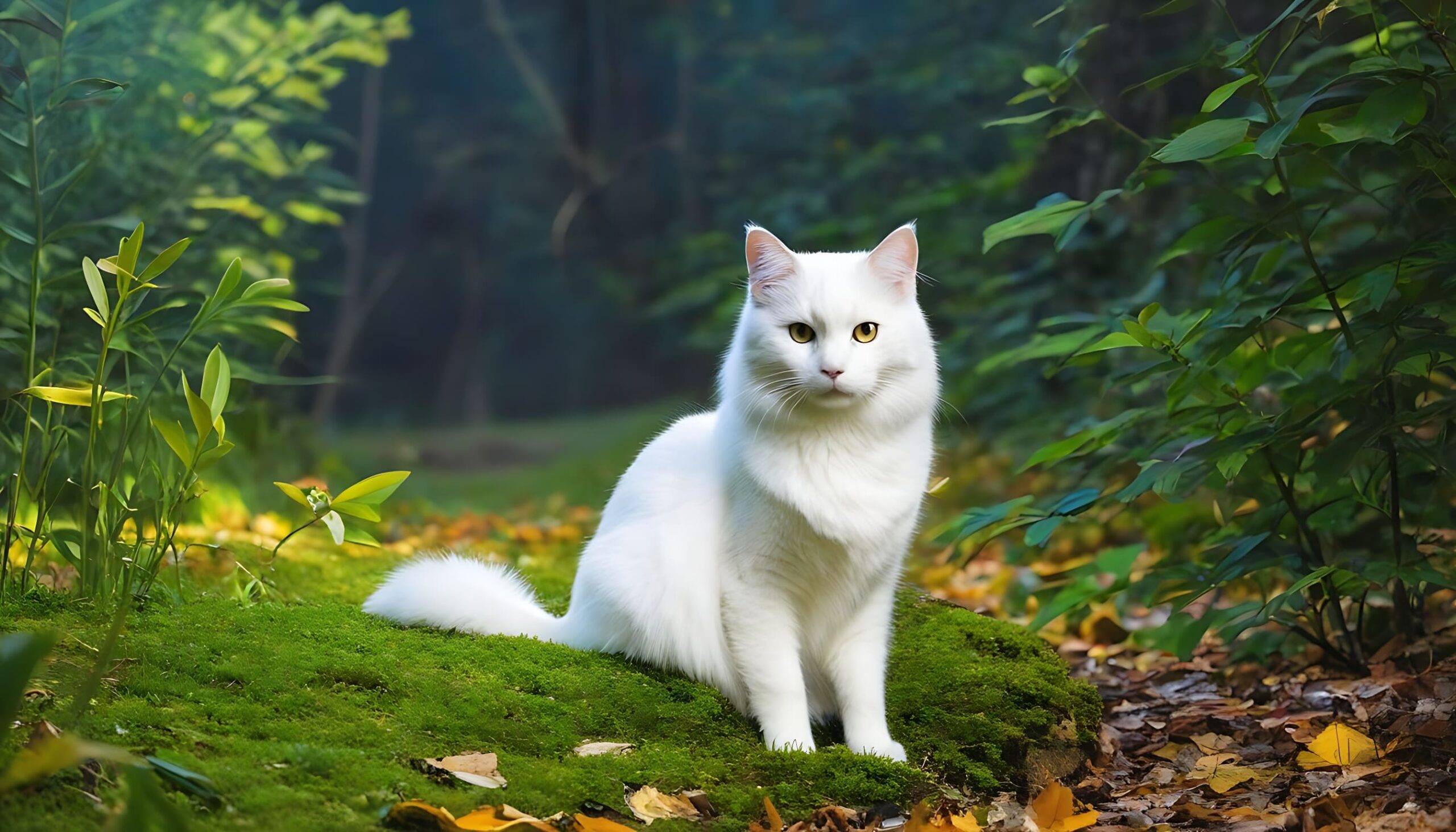The Biosphere 2 Project
Young People, Here’s Everything You Need to Know about U.S. Taxes. No Boredom!
Some things you should know about Parole in the U.S.
Cats and Mysticism

Cats have been fascinating creatures throughout history, and their connection to mystery and mysticism has endured across different cultures. From ancient Egypt to medieval Europe, cats have been the object of admiration and superstition. This connection between felines and mysticism manifests itself in a variety of ways, from the belief in cats’ ability to foresee events to their association with magic and the supernatural.
In ancient Egypt, cats were revered and considered sacred. They were associated with the goddess Bastet, the protector of the home and family. Egyptians believed that cats had the ability to ward off evil spirits and bring prosperity to the home. The adoration of cats reached such an extent that even the mistreatment of these animals was punishable by death.
In the European Middle Ages, however, the perception of cats took a turn. They were linked to witchcraft and the figure of the black cat as the companion of witches. Cats were believed to be able to communicate with the spirit world and to have mystical abilities. This association persists to some extent in today’s popular culture, where black cats are often associated with superstition.
In Japanese culture, cats have their own mystical figure called the “Maneki-neko” or lucky cat. This figure is a cat that greets with a raised paw, symbolizing the invitation of good fortune. Many believe that having a Maneki-neko statue in a home or business will attract prosperity and success.
Cats’ ability to anticipate events has also contributed to their connection to the mystical. Cats are said to be sensitive to changes in energy and can sense events before they happen. This belief has led to the idea that cats possess intuitive and mystical abilities.
In literature and film, cats are often depicted as mystical and mysterious creatures. From Edgar Allan Poe’s famous short story, “The Black Cat,” to movie characters possessing supernatural powers, cats have been a constant source of inspiration for exploring the mysterious side of life.
The relationship between cats and mysticism is complex and rich in cultural diversity. Throughout history, these felines have been worshiped, feared and revered, contributing to their aura of mystery. Whether as spiritual guardians, bearers of good fortune or simple observers of the secrets of the universe, cats continue to be creatures that stir the imagination and fascination of those who explore the world of the mystical.

